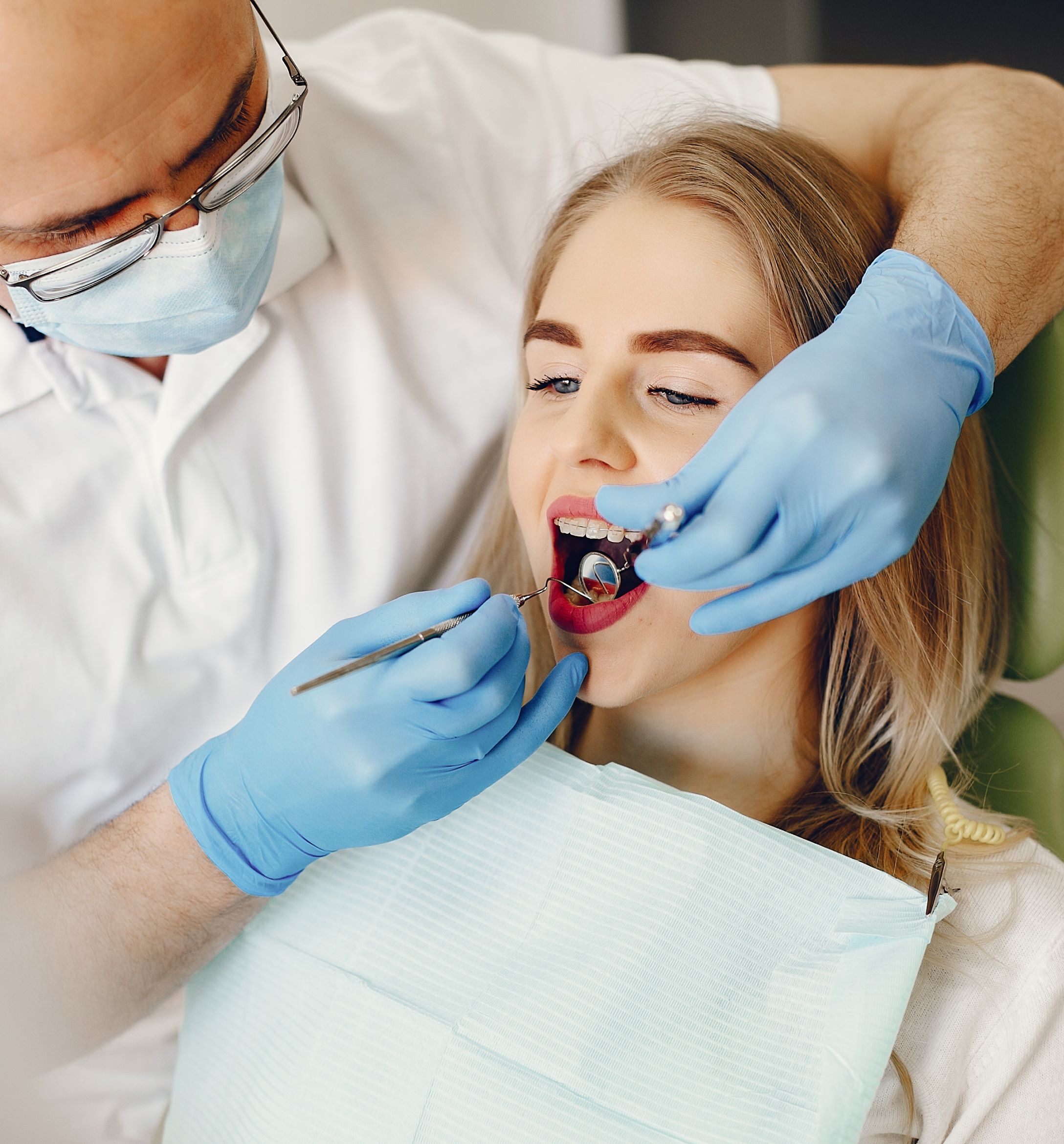

Functional dental health, emphasizes not only the appearance of the teeth but also the harmony and efficiency of the entire masticatory system. To optimize the function of entire head and neck, Dr. Khan utilizes Bioesthetic Principles that is an advanced approach focused on creating a natural, balanced, and sustainable relationship among the teeth, muscles, joints, and skeletal structures that govern oral function. It is both preventative and restorative, aiming to replicate the natural form and function of the teeth, guided by the principles found in nature.

Bioesthetic dentistry seeks to recreate the form of teeth in a way that mimics nature’s ideal model, which is stable, functional, and sustainable over time. This involves understanding natural tooth shapes, angles, and sizes that support optimal biting, chewing, and overall oral function.
Practitioners use a natural archetype for teeth, applying it to restorations, crowns, or full mouth rehabilitations to achieve a balance that is inherently efficient and durable.

Central to Bioesthetic dentistry is the philosophy that a well-functioning temporomandibular joint (TMJ) is essential to long-term oral health. Dysfunctional or strained joints can lead to pain, fatigue, and deterioration of the dental structures.
By achieving an ideal occlusal (bite) relationship, Funtional Dental Health prevents uneven wear, tooth fractures, and muscle pain. The goal is a stable bite that minimizes stress on teeth and surrounding tissues, reducing the risk of TMJ disorders and promoting longevity in dental health.
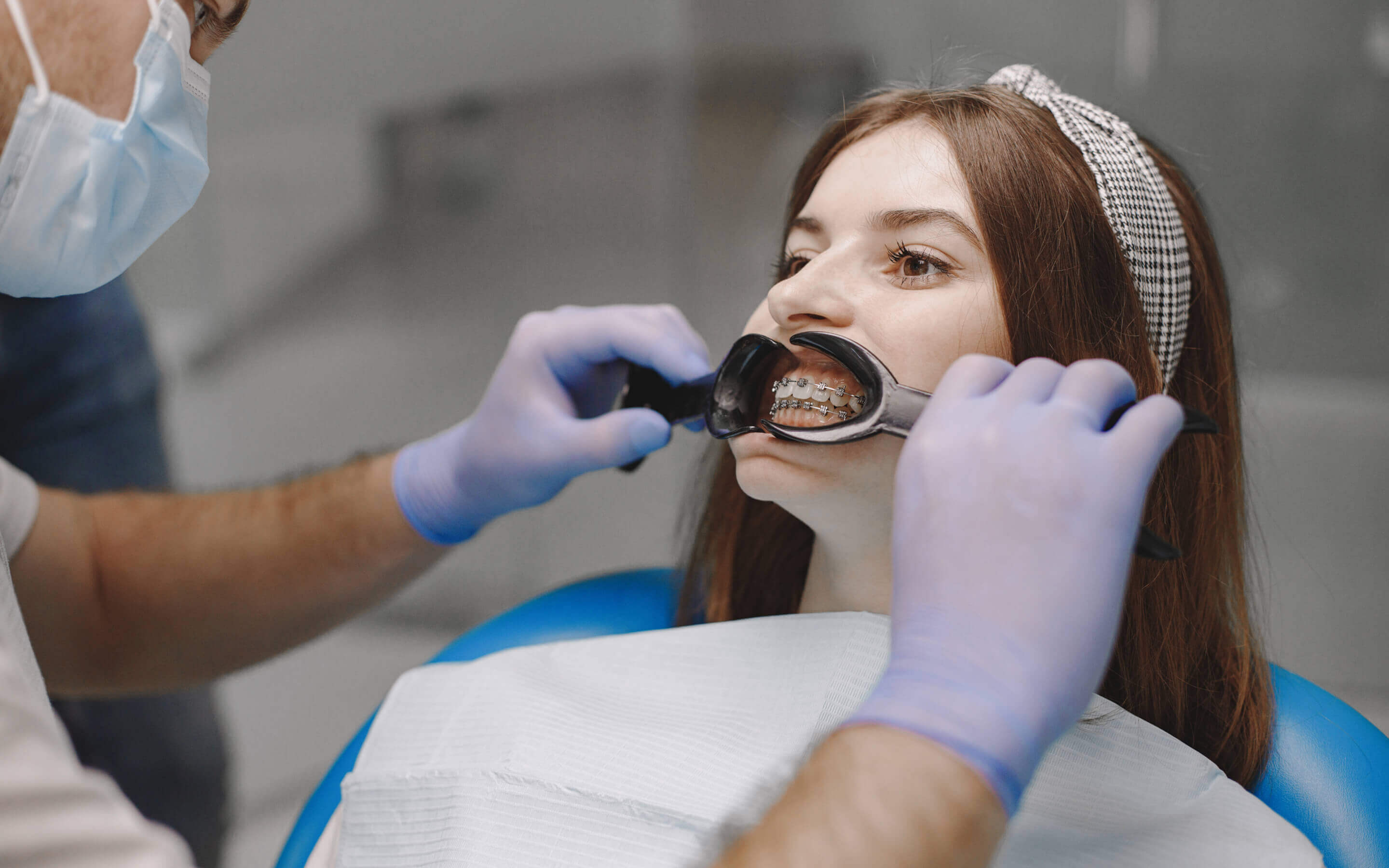
The muscular system’s role is pivotal in Bioesthetic functional health. Proper alignment and a balanced bite ensure that muscles around the jaw and neck operate efficiently without tension or discomfort.
Bioesthetic dentistry uses techniques to align the teeth so that they distribute forces evenly, preventing muscle strain that often leads to headaches, neck pain, or bruxism (teeth grinding).
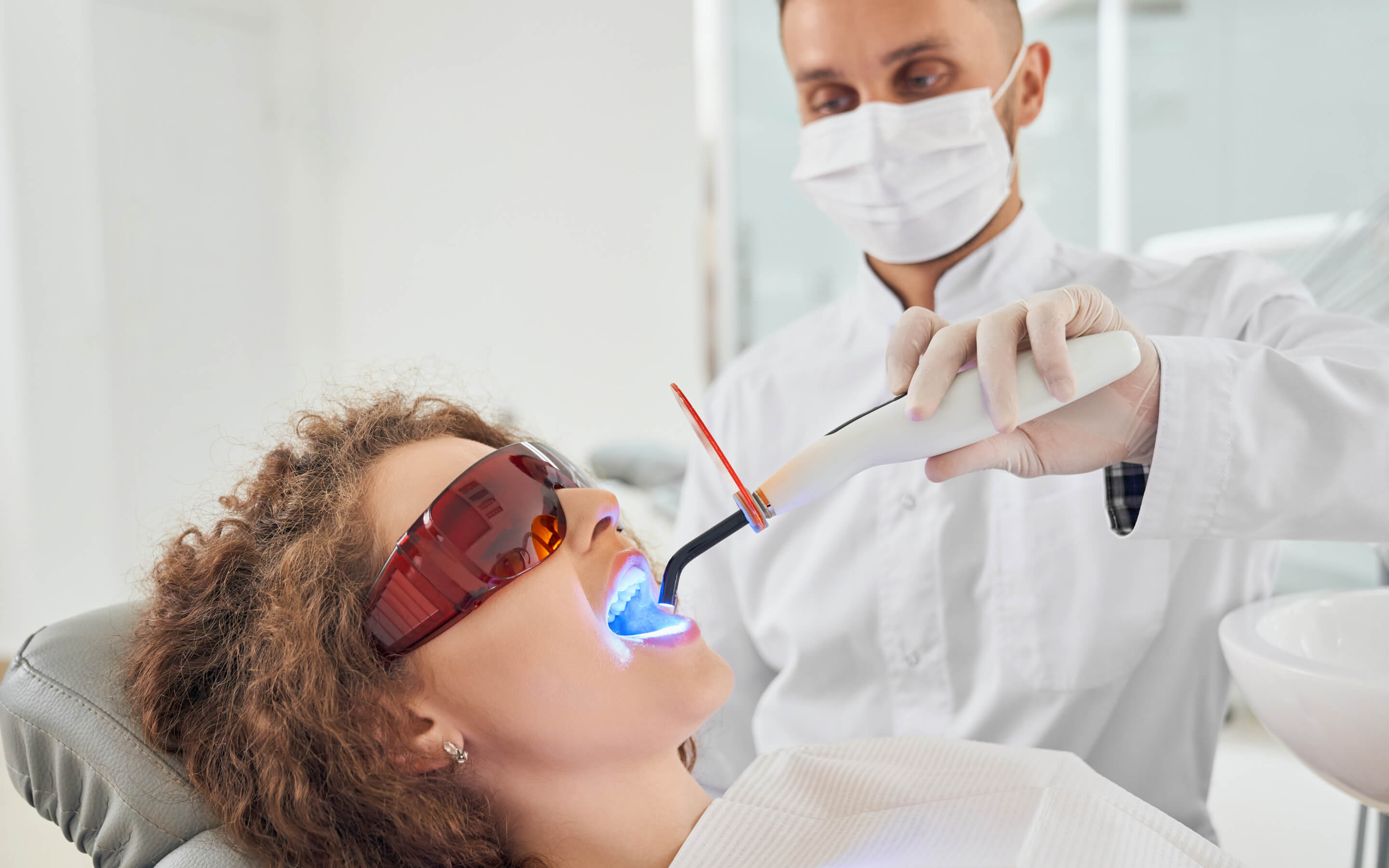
Bioesthetic dentistry combines functionality with aesthetics, ensuring that restorative work not only looks natural but also operates seamlessly within the mouth’s existing structure.
The Bioesthetic approach holds that aesthetics should emerge from proper function. For example, when teeth are correctly aligned and the bite is stable, a natural, attractive appearance is achieved without forcing the teeth into an artificial alignment that may lead to future problems.
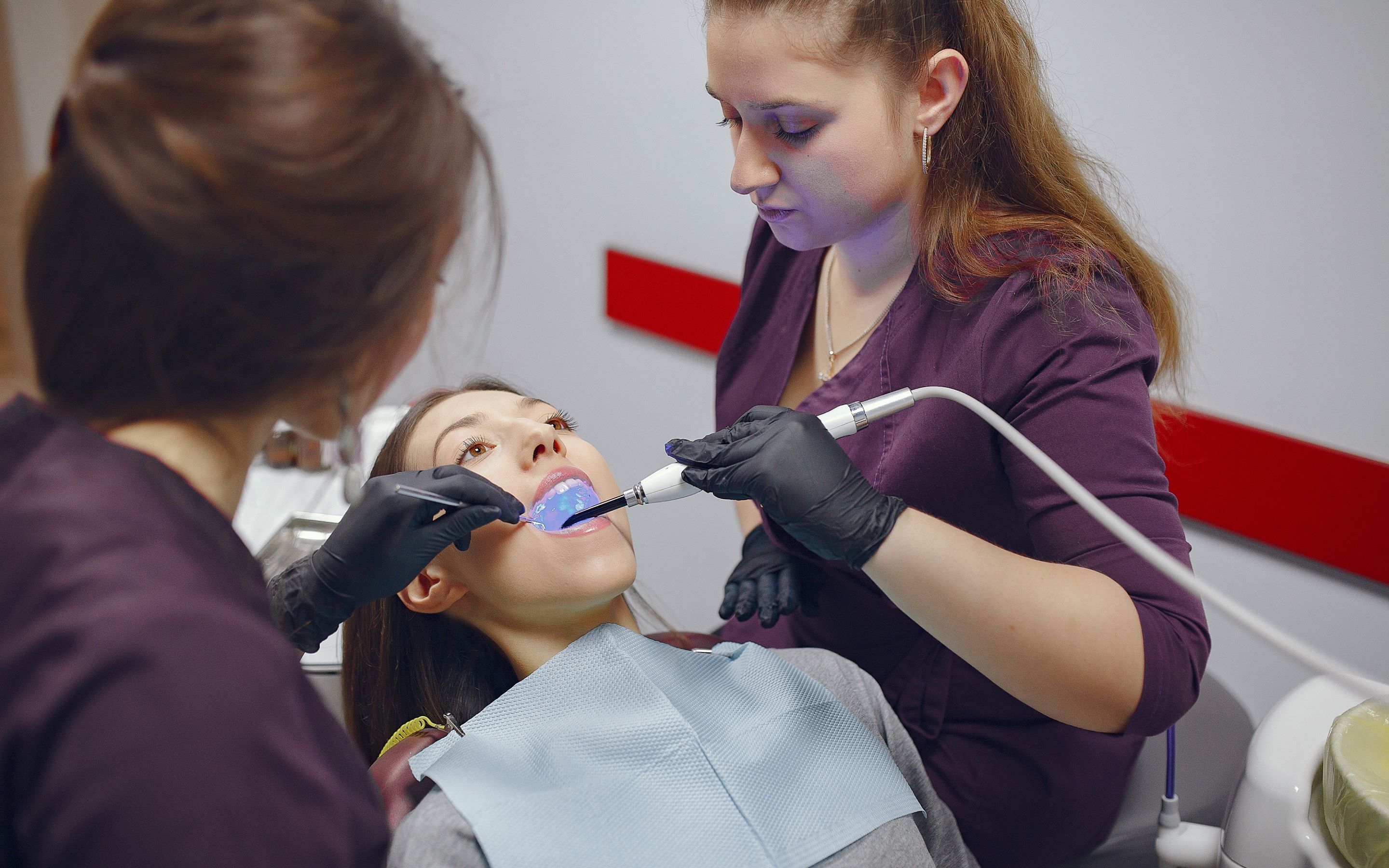
One of the foundational goals of Bioesthetic functional health is to create a stable dental system that minimizes the need for future interventions.
Bioesthetic dentistry places a strong emphasis on understanding and replicating the natural wear patterns and alignment of teeth to prevent premature wear, chipping, and potential orthodontic or surgical treatments later on.
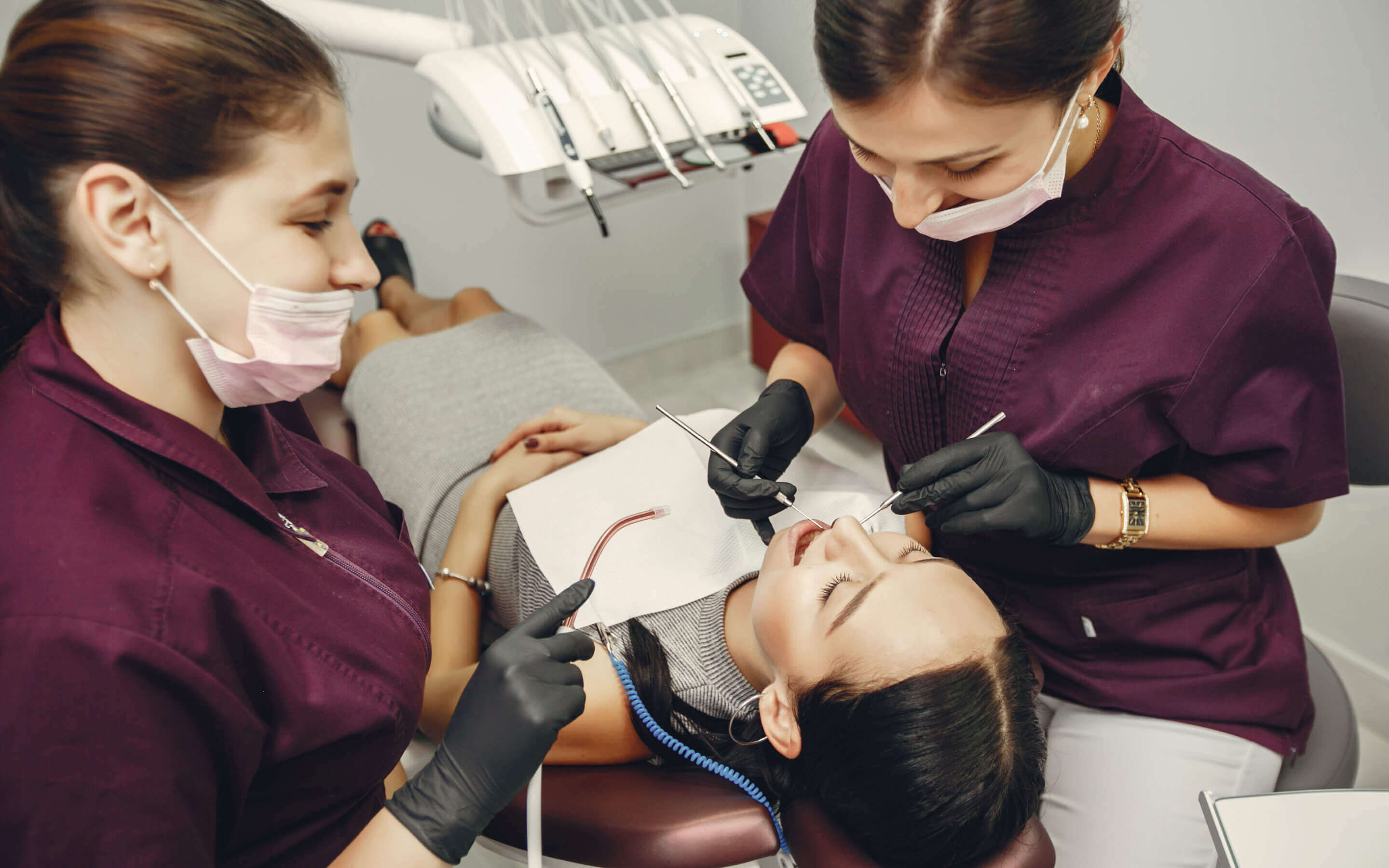
The materials used in Bioesthetic dentistry are carefully chosen for their durability, esthetics, and compatibility with the body. These include high-quality ceramics, resins, and composites that blend naturally with the teeth and support structural integrity.
Bioesthetic restorations are designed to complement the body's natural processes, fostering healing and promoting sustainable dental health without compromising the oral environment.
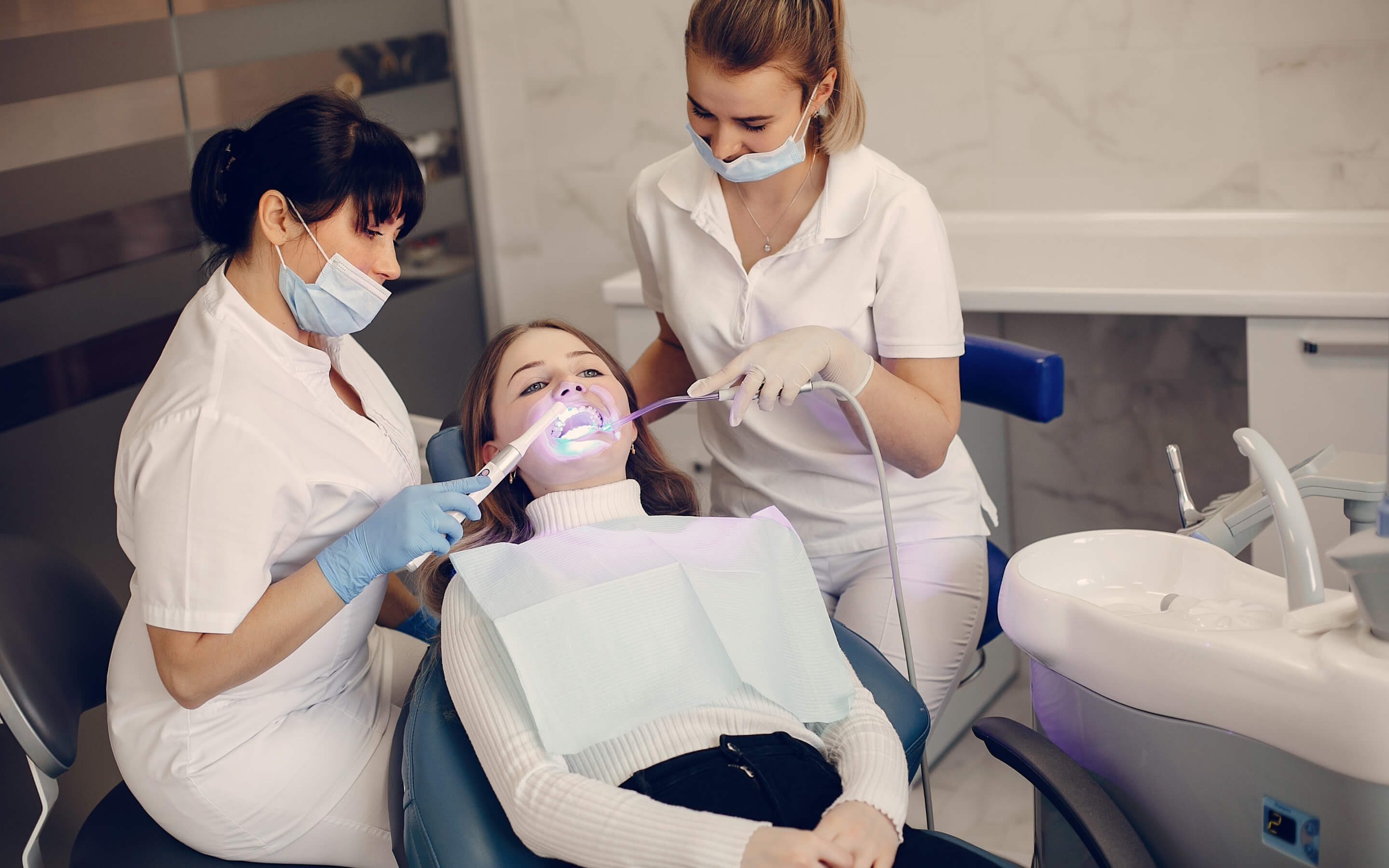
Bioesthetic dentists recognize that oral health has a profound impact on overall health, including digestion, breathing, posture, and mental well-being.
By addressing functional issues in the mouth, Bioesthetic dentistry can prevent secondary health issues and contribute to better whole-body health, as a balanced oral structure aids in proper nutrient absorption and reduces systemic inflammation linked to dental issues.
By aligning teeth to mimic natural functions, the risk of damage is minimized, and restorations last longer.
Patients often experience relief from chronic pain in the jaw, neck, and head due to balanced muscular and joint functions.
Proper function enables efficient chewing, which is vital for the initial stages of digestion.
The harmonious alignment of teeth naturally produces a more attractive smile, enhancing self-confidence and overall quality of life.
By establishing a stable, functional system, bioesthetic dentistry helps prevent the need for future corrective procedures, such as bite adjustments or TMJ therapy.

With proper balance and harmony, muscles of head, neck including retropharyngeal muscles (also know as breathing muscles) align in their proper tone thus reducing risks of sleep disordered breathing.
Bioesthetic dentistry applies to various treatments, including:
Using bioesthetic principles to restore the function and aesthetics of all teeth, often in patients with severe wear, misalignment, or TMJ disorders.
Addressing bite-related joint pain by realigning the bite for balanced joint pressure and muscle support.
Ensuring that crowns, veneers, and implants are placed in a way that supports natural function and aesthetic appeal.
Holistic Dental Health treats the entire oral system, balancing teeth, jaw, muscles, and overall wellness for natural, long-lasting smiles.
It restores proper teeth, jaw, and muscle alignment, preventing TMJ pain, uneven wear, and improving chewing, comfort, and overall oral function.
Bioesthetic dental treatment mimics natural tooth form and function using biocompatible materials for stable, durable, and esthetically pleasing results.
Yes, proper bite and oral function support digestion, posture, sleep, and reduce systemic inflammation linked to dental issues.
Patients of all ages with bite issues, TMJ discomfort, sleep problems, or those wanting functional, natural, and long-lasting healthy smiles.